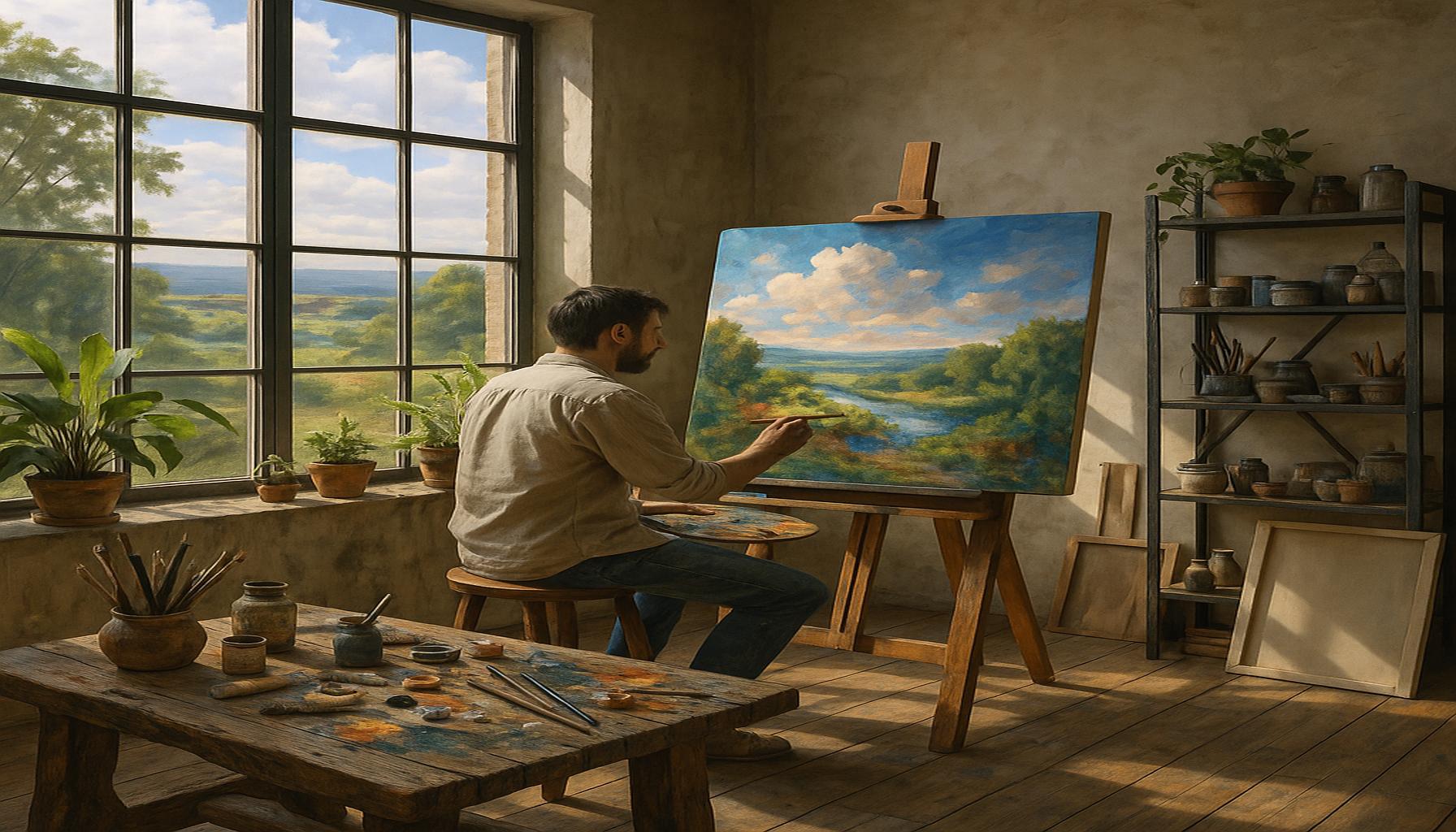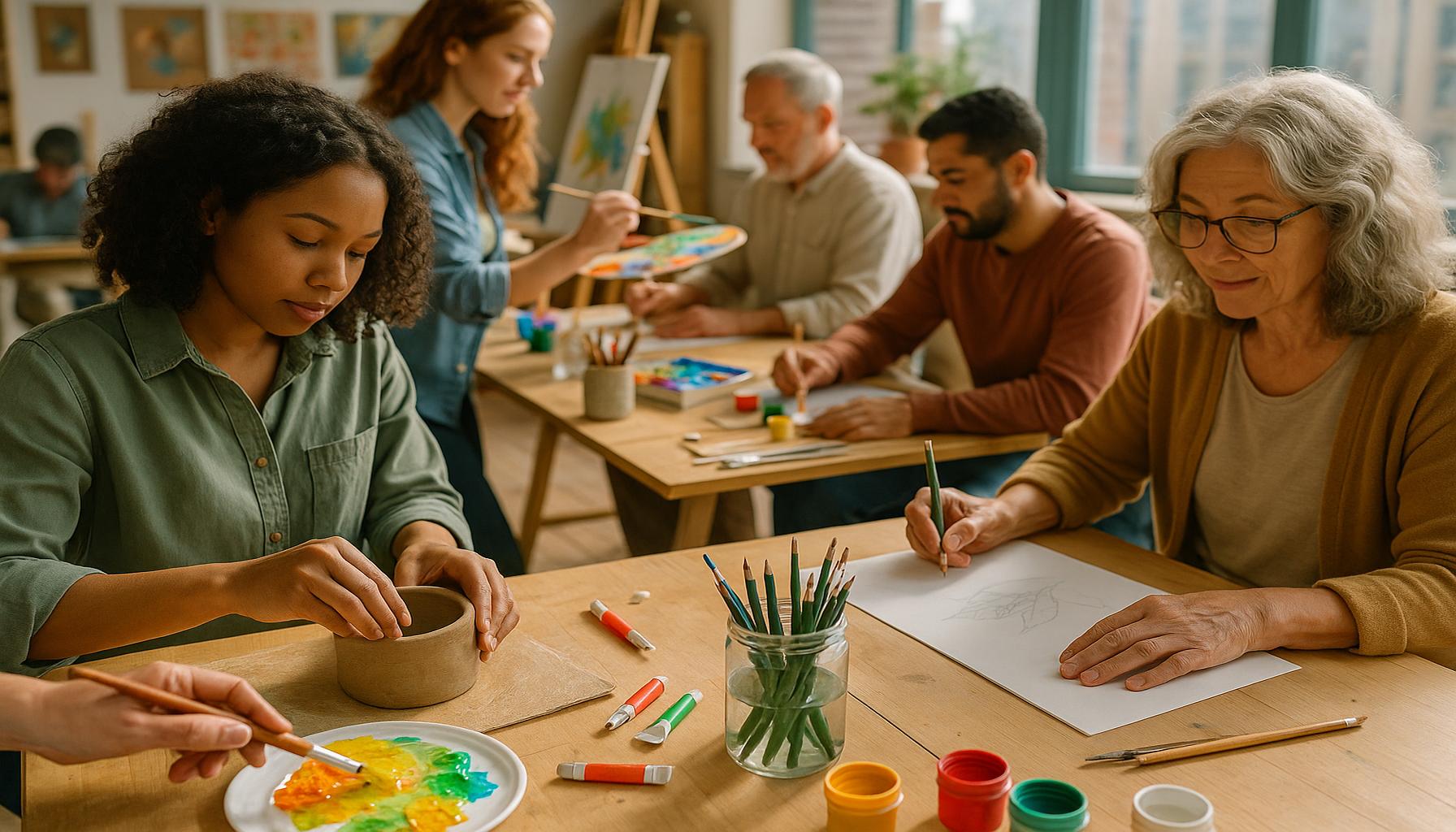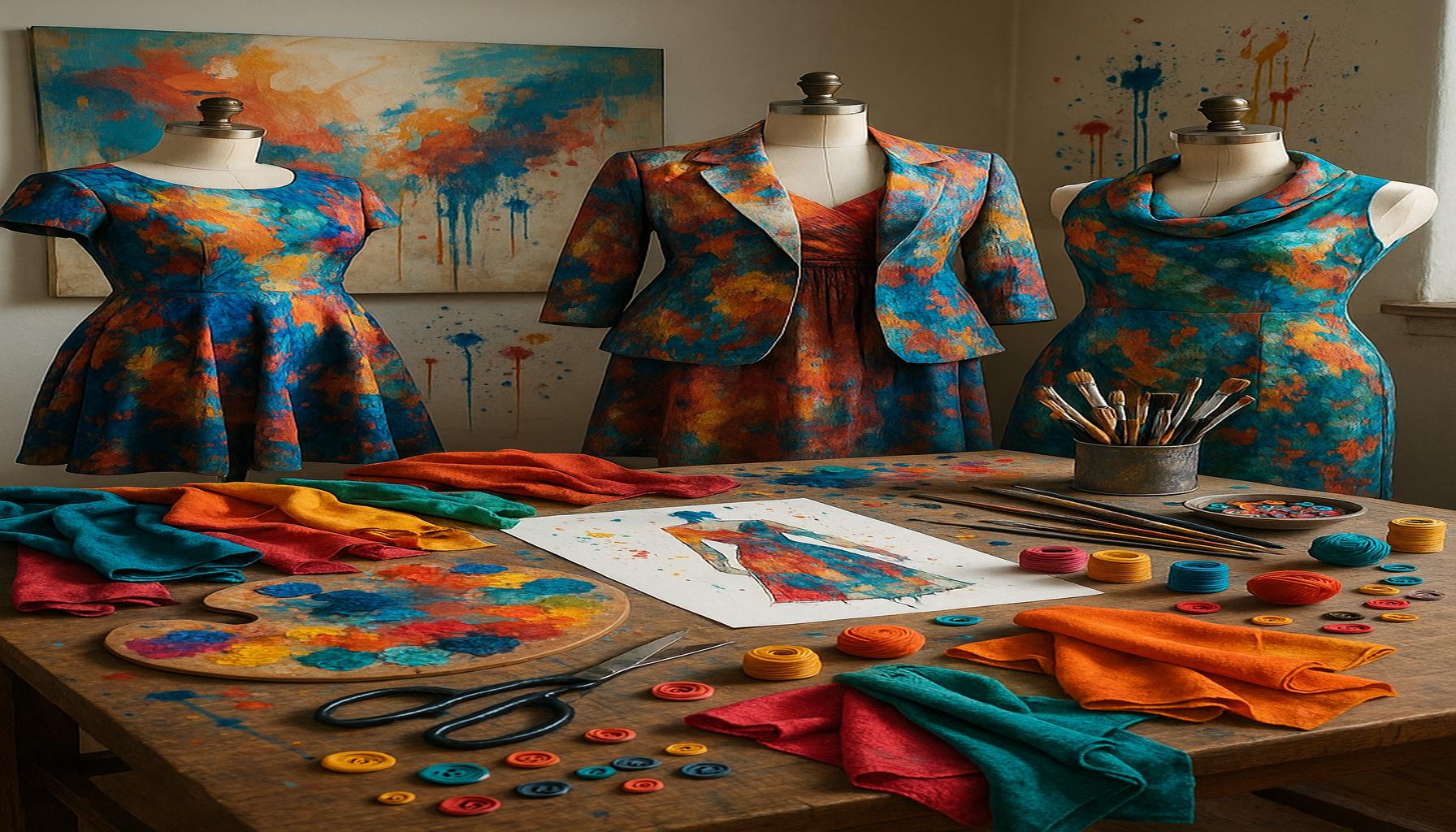Art and Sustainability: Artistic Practices that Promote Ecological Awareness in Creative Hobbies
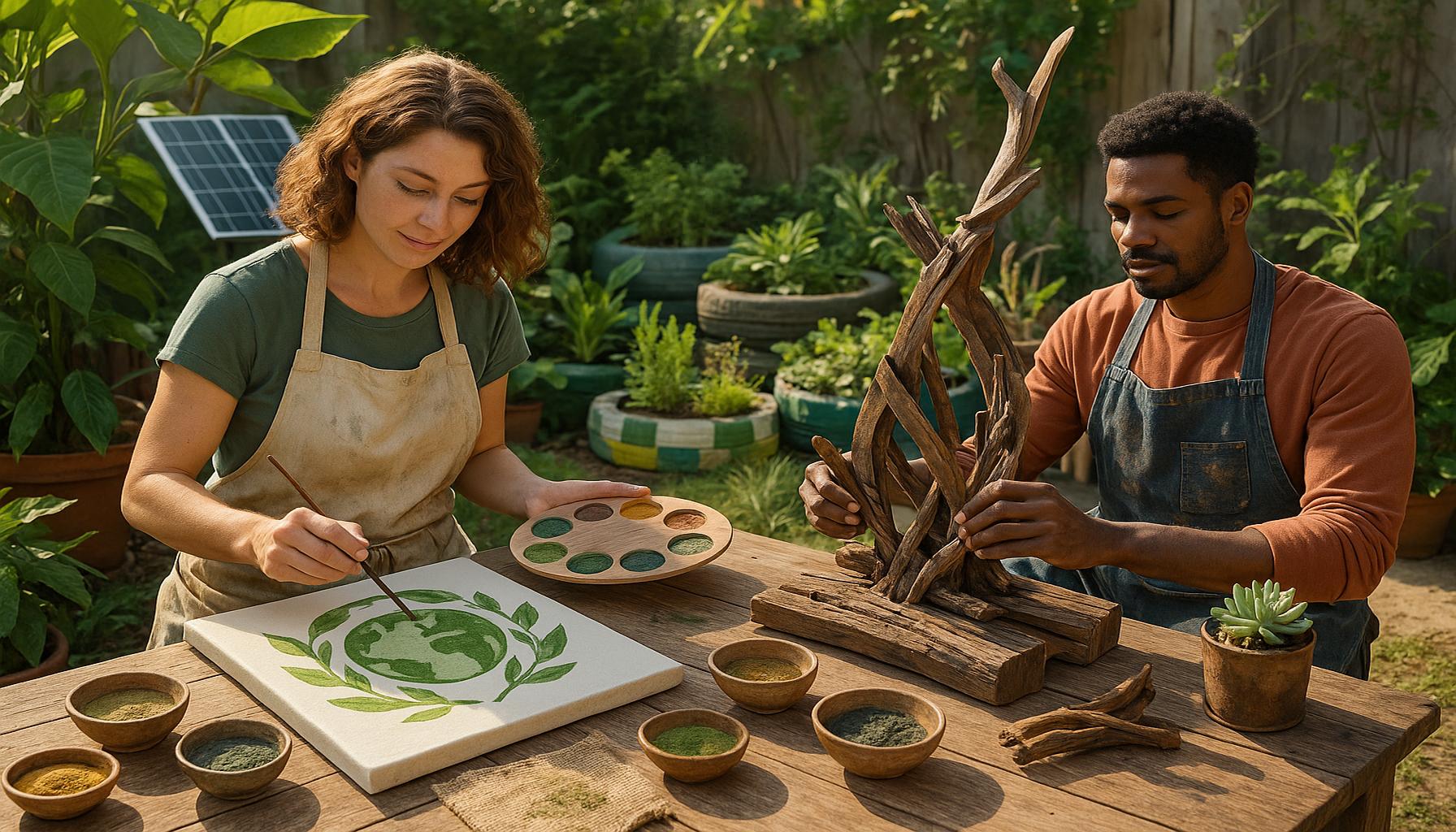
The Role of Art in Promoting Sustainability
In an era where environmental issues are at the forefront of global conversations, the fusion of art and sustainability emerges as a compelling avenue for change. Artists across the United States are increasingly leveraging their talents, utilizing various mediums not just to create visual appeal but to invoke an important dialogue about our ecological footprint. By integrating ecological awareness into their art, these creators are not merely expressing their artistic visions; they are also advocating for a more sustainable future.
The concept of creating art with a conscious mind leads to innovative practices that prioritize the health of our planet. Artistic endeavors can take numerous forms, including:
- Recycled Art: Many artists are transforming waste materials into thought-provoking pieces. For instance, renowned artist Patrick Dougherty constructs intricately woven sculptures entirely from tree saplings, which not only creates a stunning visual but also repurposes what would otherwise be waste. This practice challenges viewers to reconsider their perceptions of trash and value.
- Nature-Inspired Creatives: Some artists utilize natural materials to craft unique artworks. In places like New Mexico, artist Alison Schemmer creates ephemeral designs made from sand, leaves, and flower petals. These works draw attention to the beauty of nature while subtly reminding the audience of its fragility. This trend encourages a deeper appreciation of our surroundings and the inherent resources they provide.
- Community Projects: Collaborative installations can effectively address local environmental issues. A notable example is the “Trash the Runway” fashion show in Los Angeles, where designers showcase garments made from discarded materials. This initiative not only raises awareness of waste in the fashion industry but fosters community involvement, inspiring attendees to think critically about consumerism.
These creative methods serve as a powerful platform for artists to voice their concerns while also engaging audiences in meaningful discussions. They emphasize the interconnectedness of art and the environment, showcasing how artistic expression can effectively spark activism and inspire environmental stewardship.
As we explore these initiatives, it becomes evident that individuals—whether seasoned artists or enthusiastic hobbyists—can play a vital role in promoting sustainability. By adopting environmentally friendly practices and embracing creative hobbies that reflect ecological consciousness, everyone has the potential to contribute to a greener future. Art, in its many forms, can act as a catalyst for change, encouraging society to look beyond aesthetics and consider the impact of their actions on the planet.
DIVE DEEPER: Click here to learn how art can enhance your mental well-being</p
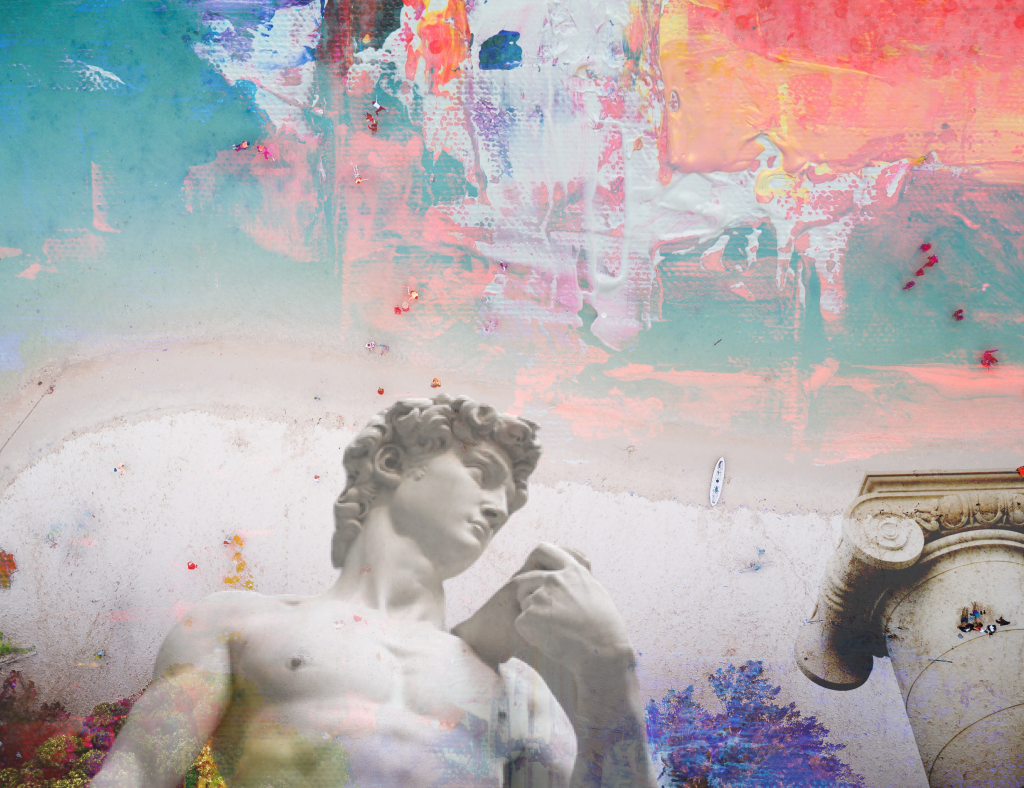
Innovative Artistic Practices That Embrace Sustainability
Artists and creatives across the United States are redefining their roles by adopting sustainable practices within their work. These practices extend beyond mere aesthetics, delving into the heart of environmental consciousness and resulting in a profound shift in how art is perceived and created. With sustainability at the forefront, the creative community is harnessing imagination to propel ecological awareness in ways that resonate with audiences.
One of the most striking movements within sustainable art is the rise of upcycled materials. Artists are now sourcing discarded items, such as plastics, metals, and textiles, to construct visually compelling works. This trend does not merely repurpose waste; it also provokes thought about consumer habits and the lifecycle of materials. Projects like “The Ocean Cleanup” initiative, which aims to remove plastic from the oceans, also inspire artists who visualize this issue through striking imagery, further driving conversations on pollution and marine health.
Furthermore, the concept of eco-friendly art supplies is gaining traction. Many artists are now turning to natural dyes, organic paints, and sustainable canvases to minimize their environmental impact. For example, water-based paints made from plant sources are becoming popular alternatives to conventional, chemical-laden options. This shift illustrates that artists can take a stand not only through their subject matter but also through the materials they choose to work with.
Artistic installations can also serve as powerful statements about sustainability. Large-scale projects, such as Christo and Jeanne-Claude’s “The Gates” in New York City, capture attention while presenting environmental themes. These temporary works stir public dialogue surrounding public spaces and their relationship to nature, compelling viewers to consider how urban development can coexist harmoniously with ecological preservation.
Community engagement is essential to these artistic practices, as collaborative projects bring together diverse voices to address local and global environmental issues. Local artist collectives, like those involved in “EcoArt” initiatives, utilize collective creativity to turn attention toward sustainability. These groups often work on urban greening projects, transforming blighted spaces into lush community gardens or green murals, demonstrating that art can rejuvenate environments while promoting ecological values.
The intersection of art and environmental consciousness encourages individuals to reflect on their practices. People engaged in creative hobbies such as painting, crafting, and knitting can also participate in this cultural movement. By selecting sustainable materials or techniques, they not only contribute to a larger wave of ecological awareness but also foster a sense of responsibility in their local communities. Each brushstroke or handmade stitch becomes a step toward a more sustainable future.
As artistic practices increasingly prioritize sustainability, they provide platforms for conversation and activism. The collaboration between eco-conscious artists and communities underlines the vital role art plays in mobilizing action towards environmental preservation.
Art and Sustainability: Creative Hobbies that Inspire Change
As the intersection of art and environmental stewardship continues to gain traction, more individuals are embracing artistic practices that foster ecological awareness. Engaging in creative hobbies such as upcycling, eco-friendly painting, and sustainable crafting serves not only to enrich one’s artistic skills but also to promote a responsible relationship with the environment. The use of natural and recycled materials can transform discarded items into beautiful, functional art, allowing artists to make impactful statements about waste reduction. For instance, artists repurpose plastic waste into eye-catching installations, shining a light on pollution while capturing the beauty of transformation. Such practices not only challenge traditional definitions of art but encourage a narrative of resourcefulness and sustainability.Moreover, incorporating sustainable practices in art helps to educate audiences about environmental issues, empowering them to make conscious choices in their own lives. Workshops focused on teaching these green practices have seen increased participation, demonstrating a collective inclination towards nurturing a sustainable future while expressing creativity. These artistic journeys often culminate in community involvement, where local artists collaborate with environmental organizations to create projects that illustrate the importance of sustainability. This collaboration breeds a culture of awareness, as it brings together diverse groups, amplifying the message of ecological advocacy through collective creativity.To explore the depths of how artistic practices foster ecological awareness and its impact on communities, consider engaging in these sustainable art forms through workshops and local events that celebrate creativity and responsibility.
| Advantages | Description |
|---|---|
| Environmental Impact | Promotes the use of sustainable and recycled materials that reduce waste. |
| Community Engagement | Encourages collaboration between artists and environmental advocates, enhancing local awareness. |
Continuing to explore artistic practices in the light of sustainability not only broadens the horizons of creative expression but also paves the way for deeper insights into environmental responsibility. As art evolves, so too does our understanding of the symbiotic relationship between creativity and ecological consciousness.
DISCOVER MORE: Click here to dive into watercolor painting techniques
Community-Centric Initiatives in Eco-Art
Sustainability in art is not simply an individual endeavor; it thrives in community-centric initiatives that empower groups to enact change together. Art has the unique ability to unite individuals around a common cause, and when combined with a focus on ecological awareness, it can lead to transformative change in communities across the United States. Collaborative projects often result in the creation of public art installations designed specifically to educate and inspire. For instance, in urban centers like Los Angeles, community art projects utilize murals and public sculptures featuring local flora and fauna, serving both as a celebration of nature and a poignant reminder of its fragility.
Programs such as “Art + Environment” play a critical role in these efforts. By connecting artists with environmental organizations, they anchor the importance of ecological themes in public art. Participating artists frequently engage the community, leading workshops where residents can contribute their own artistic interpretations of their surroundings and environmental challenges. This participatory approach not only fosters a connection between art and sustainability but instills a sense of pride and ownership among local residents.
Another example can be found in the National Endowment for the Arts projects that promote eco-art through grants and funding. These initiatives often highlight the work of land artists, who create works directly in nature, often made from natural materials. Famous artists, including Andy Goldsworthy, exemplify this practice, crafting stunning installations that encourage viewers to engage with their natural surroundings and recognize the beauty of untouched landscapes.
The Role of Education in Fostering Sustainability
Education also plays a pivotal role in merging art with sustainability practices. Many art institutions across the country are integrating sustainable practices into their curricula. Schools and universities are facilitating programs where students work on sustainability-themed projects or larger cooperative installations. Examples include installations made from recycled materials or pieces that directly address climate change, allowing students to grapple with environmental issues artistically.
Moreover, workshops and community events focused on eco-friendly artistic practices are becoming commonplace. These gatherings provide a dual benefit: they educate attendees about sustainable materials and techniques while encouraging them to express their experiences and concerns related to environmental issues. Initiatives like “Sustainable Arts Festival”, hosted by various organizations across states, bring arts and environmental advocates together, showcasing the work of talented local artists dedicated to eco-conscious practices.
Emphasizing the Healing Power of Nature through Art
Artistic practices also highlight the profound connection between people and nature. Artists are increasingly elevating nature therapy as a legitimate form of artistic expression and ecological engagement. Programs that connect art making with outdoor settings encourage participants to immerse themselves in nature while creating, rendering therapeutic benefits and enhancing the appreciation for ecological systems. Participants often leave these experiences with a renewed sense of duty to protect their local environments.
As artists and communities continue to explore this delicate interplay between their crafts and the environment, they unlock a multitude of avenues for raising ecological awareness. The impact of these practices not only extends to the gallery walls but ripples outward, touching the lives of individuals and entire communities as they share the messages of environmental stewardship through creativity. Through their combined efforts, they illustrate how artistic practices can foster greater ecological responsibility, demonstrating that sustainability can be both a personal journey and a community-centric movement.
DIVE DEEPER: Click here to uncover the therapeutic benefits of creative writing
Conclusion: The Intersection of Art and Sustainability
As we navigate the complexities of environmental challenges, the role of artistic practices in promoting ecological awareness has never been more crucial. Artists across the United States are leveraging their creativity to foster a deeper understanding of sustainability and environmental stewardship. From community-centric initiatives that galvanize collective action to educational programs that integrate ecological themes into creative curricula, the synergy between art and sustainability is profound and multifaceted.
Moreover, the healing power of nature, emphasized through artistic expression, serves not only as a therapeutic outlet but also as a catalyst for change, inspiring participants to reconnect with their environment. By crafting installations that highlight the beauty and fragility of our natural world, artists have the unique ability to ignite conversations about ecological issues, making them accessible and relatable to the broader public.
As we witness an increasing intersection of creativity and ecological advocacy, it is essential to recognize the potential of art to inspire action and ignite passion for environmental responsibility. With every brushstroke and sculpture, artists contribute to a larger narrative that encourages individuals and communities to engage with sustainability on both personal and communal levels. Whether through innovative use of materials, collaborative projects, or immersive experiences in nature, the realm of artistic practices is expanding to encompass a vital mission: promoting the health of our planet. As we move forward, embracing these practices could be key in shaping a sustainable future, one filled with creativity, connection, and ecological awareness.
